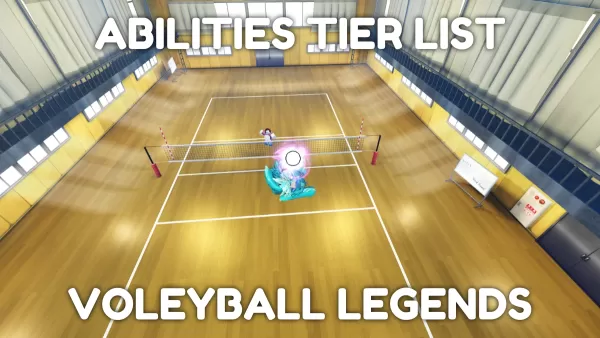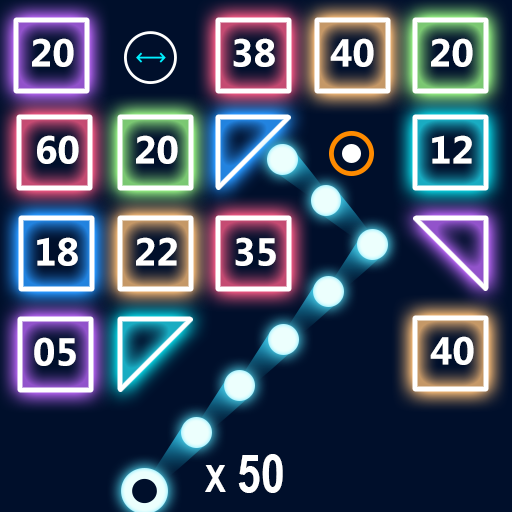
Yoko Taro, the visionary behind acclaimed titles like NieR: Automata and Drakengard, has openly discussed the profound impact of ICO on the world of video games as a medium for artistic expression. Released in 2001 for the PlayStation 2, ICO swiftly earned its status as a cult classic, largely due to its minimalist approach and storytelling devoid of dialogue.
Taro pointed out how the central mechanic of guiding the character Yorda by holding her hand in ICO was revolutionary, significantly altering the gameplay norms of its era. "Imagine if ICO had you carrying a suitcase the size of a girl instead; it would have been an incredibly frustrating experience," Taro observed. He stressed that the requirement for players to lead another character was a groundbreaking move that challenged the conventional understanding of interactivity in games.
During that period, game design was often deemed successful if it remained engaging even when all on-screen elements were stripped down to basic cubes. ICO, however, took a different path, focusing on emotional resonance and thematic depth rather than solely on mechanical innovation. Taro believes that the game demonstrated that art and narrative could go beyond being mere backdrops to gameplay, becoming essential elements of the player's experience.
Labeling ICO as "epoch-making," Taro credits it with steering the course of game development in new directions. He lauds the game for illustrating that video games could convey deep meaning through nuanced interactions and atmospheric design.
Beyond ICO, Taro also highlighted two other games that significantly influenced both him and the industry: Undertale by Toby Fox and LIMBO by Playdead. He asserts that these titles expanded the horizons of what can be achieved through interactive media, affirming that video games are capable of offering profound emotional and intellectual experiences.
For enthusiasts of Yoko Taro's creations, his appreciation for these games provides a glimpse into the sources of inspiration for his own work. It also highlights the continuous evolution of video games as a potent and versatile form of art.
 Home
Home  Navigation
Navigation






 Latest Articles
Latest Articles









 Latest Games
Latest Games











